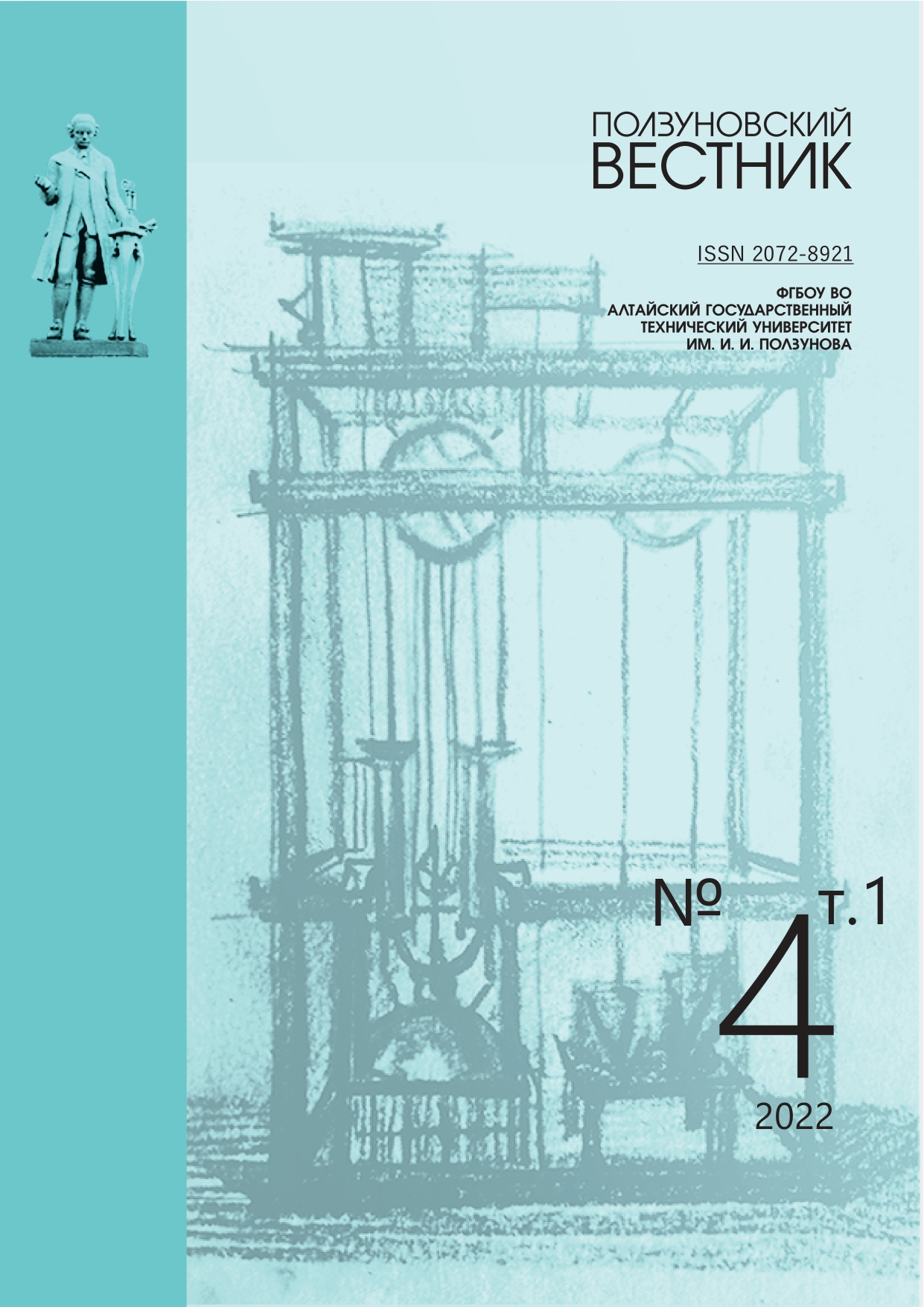EVALUATION OF THE POSSIBILITY OF USING GOAT AND SHEEP MILK IN YOGHURT PRODUCTION
EDN: JHQRKJ
DOI:
https://doi.org/10.25712/ASTU.2072-8921.2022.04.020Keywords:
Goat's milk, sheep's milk, cow's milk, specialty products, yogurt, goat breeding, sheep breeding, fermented milk drink, small cattle, milk characteristics.Abstract
The article considers the possibility of using sheep's and goat's milk as a basis for the production of yoghurts, which are one of the most consumed fermented milk drinks. An easy-to-consume, useful product, which is mostly preferred by consumers of all age groups of the population. Goat and sheep breeding is widespread all over the world, which can be explained by the fact that small cattle adapt quite easily to different climatic conditions, are less fastidious to feed, and also have a number of advantages in keeping. With proper organization of the content of small cattle allows you to get relatively large yields relative to their own weight in comparison with cattle. Sheep and goat breeding is actively developing on the territory of the Republic of Kazakhstan, the analysis of which is presented in the article, and taking into account the growth of the herd, the amount of milk produced allows organizing its industrial processing. The authors have studied the main economically useful signs of small cattle, assessed the possible volumes of milk produced and possible processing, conducted a comparative analysis of organoleptic indicators, physico-chemical and technological characteristics of sheep and goat milk. Based on the results of the experimental workings, a tasting assessment of the quality of yoghurts is given.
References
Гаврилова Н.Б. Козье молоко – биологически полноценное сырьё для специализированной пищевой продукции / Н.Б. Гаврилова, Е.М. Щетинина // Хранение и переработка сельхозсырья. - 2019. - № 1. - С. 66-75.
Щетинина Е.М. Перспективы переработки овечьего молоко на территории Алтайского края / Сыроделие и маслоделие. - 2018. - № 2. - С. 19-21.
Gavrilova N. Development of specialized food products for nutrition of sportsmen / N. Gavrilova, N. Chernopolskaya, M. Rebezov, E. Schetinina, I. Suyazova, S. Safronov, V. Ivanova, E. Sultanova // Journal of Critical Reviews. - 2020. - Т. 7. - № 4. - С. 233-236.
Оспанов А.Б. Перспективное направление развития молочной промышленности казахстана: получение и переработка молока мелкого рогатого скота / А. Б. Оспанов, Е.М. Щетинина, Б. О. Кулжанова, Р. К. Макеева//Ползуновский Вестник. – 2021. - №4. – С. 41-46
Бодров А. Козоводство в России вчера и сегодня // Животноводство России. – 2009. – № 11. – С. 8-9.
Горлов И.Ф. Новое в производстве функциональных продуктов из козьего молока / И.Ф. Горлов, Н.И. Мосолова, А.А. Короткова // Вестник Российской академии сельскохозяйственных наук. – 2012. – № 4. – С. 16-18.
Санников М.Ю. Современные технологии в молочном козоводстве / М.Ю. Санников, С.И. Новопашина, С.А. Хататаев [и др.] // Известия ТСХА.– 2019. Вып. 6. – С. 141-149.
Кожанов Т. Козоводство в масштабах страны / Т. Кожанов // Молочная промышленность. – 2015. – № 6. – С. 64.
Хазиков Е.Н. Развитие молочного козоводства в Республике Татарстан / Е.Н. Хазиков // Молочная промышленность. – 2015. – № 6. – С. 65-66.
Щетинина Е.М. К вопросу о сыропригодности летнего молока коз Зааненской породы / Е. М. Щетинина // Аграрная наука – сельскому хозяйству: материалы XIV междунар. науч.-прак. конф. – Барнаул. – 2019. – С. 246-247.
Downloads
Published
How to Cite
Issue
Section
License
Copyright (c) 2022 Asan B. Ospanov, Elena M. Shchetinina, Shukhrat M. Velyamov, Raushan K. Makeeva

This work is licensed under a Creative Commons Attribution 4.0 International License.















 .
. This work is licensed under a
This work is licensed under a 
